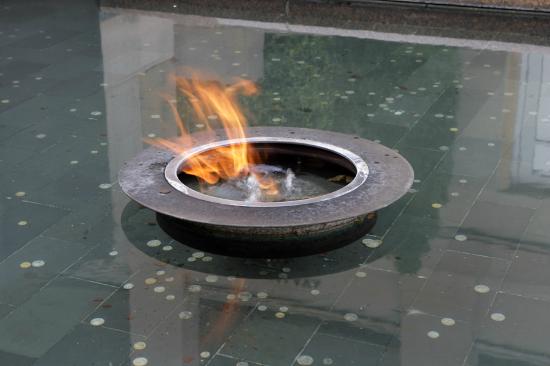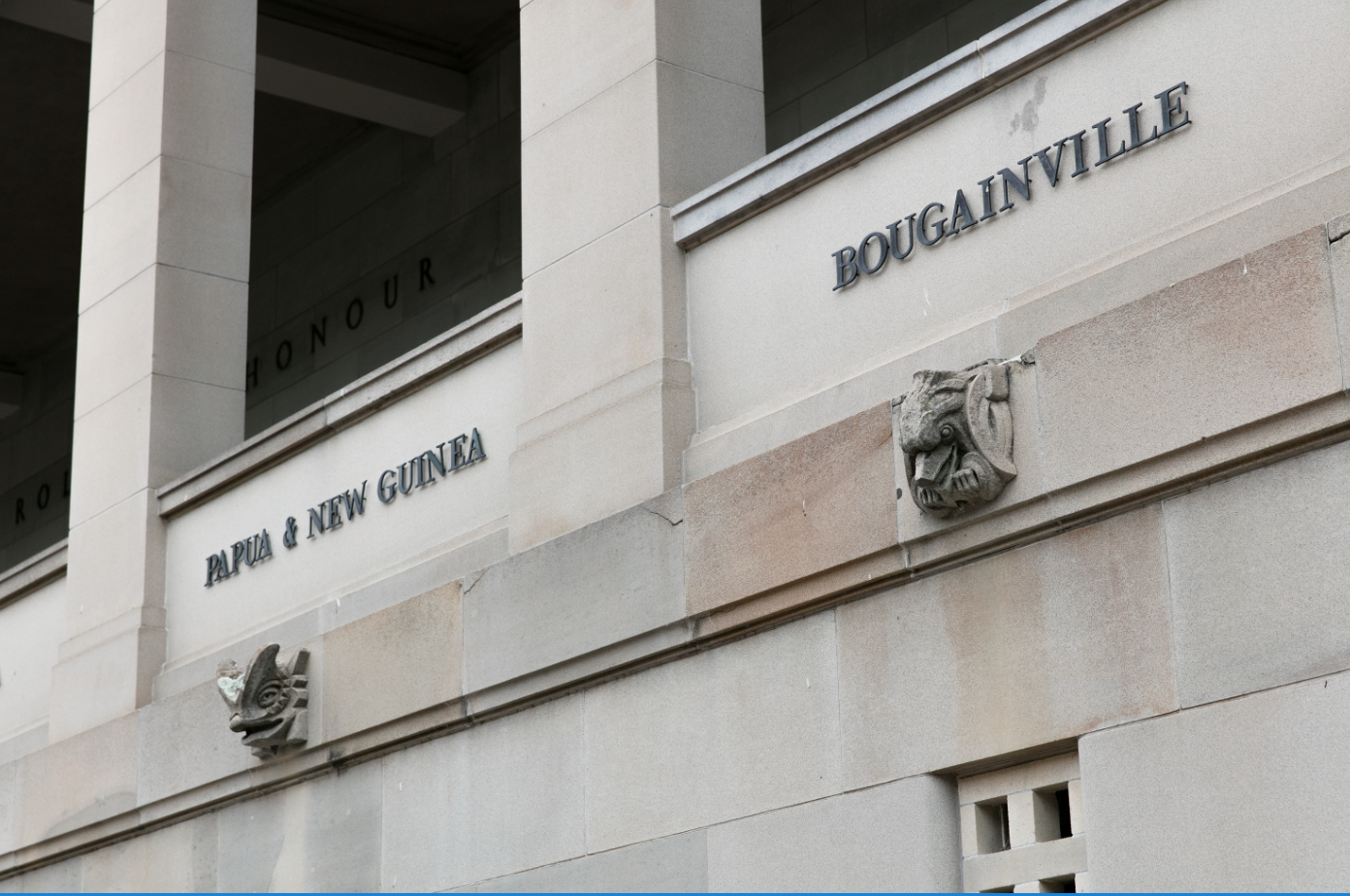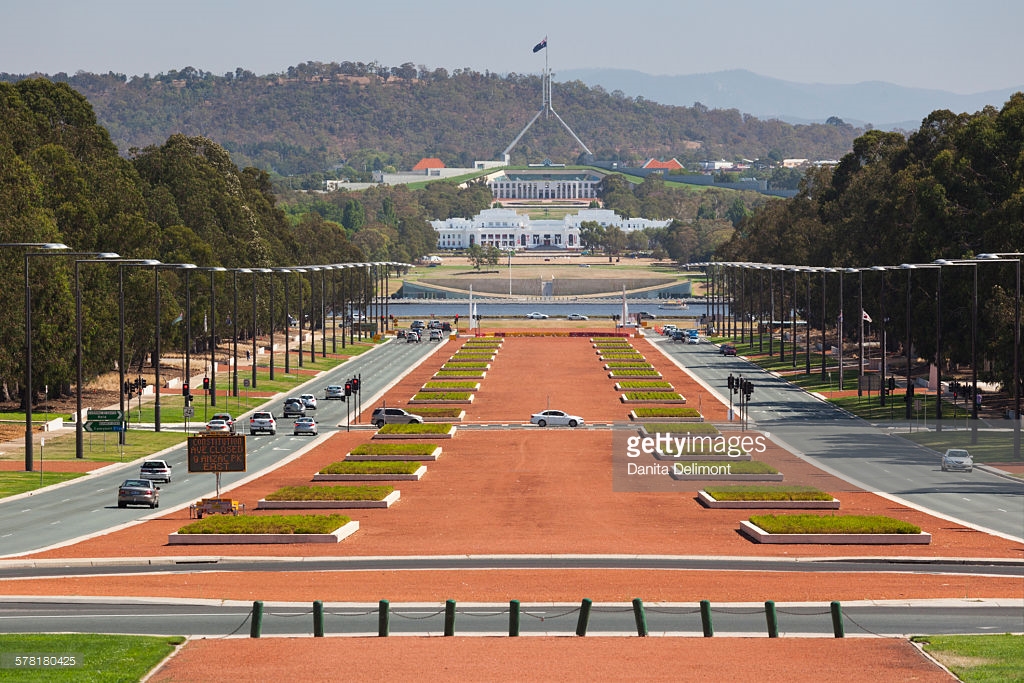Why do we use symbols and ceremonies?
Explore the story, meaning, and use of the red poppy—the 'flower of remembrance'—and how symbols and ceremonies at the Memorial help us remember.
What is a symbol?
What symbols can you see around you?
What might these different symbols mean or represent?
Symbols are a particularly important part of the Commemorative Area of the Memorial, and symbolic motifs are visible everywhere. The Google Street View window below allows you to move through this area; you might like to open it in a full-screen (click the icon in top right of the window below) and take a 'virtual tour'.
How many symbols can you find in the Commemorative Area?
Find out more about some of the symbols used in this area:
Carved stone figures
Year 6+: On the walls of the Australian War Memorial’s Commemorative Area are 26 carved stone figures. Read about the figures, the artist who created them, and their recent restoration and reconstruction.
One symbol which might be particularly noticeable is the red poppy, which adorns the cloisters of the Roll of Honour. Watch the video clip below, which explains the story of the red poppy.
Why do we wear a red poppy?
Let's make a poppy
Why do we have ceremonies?
Ceremonies are special events we do on certain days or in certain places. Many students may not realise that they've been the focus of a ceremony before (hint: it involves cake, singing, and blowing out candles!)
What are some other ceremonies you can think of?
Are there any that happen at school?
Are any special symbols involved?
How might these ceremonies make you feel?
The Australian War Memorial is a focal point for many ceremonies throughout the year; some very specific, others involving the whole nation. Two of these that your students may already have some familiarity with are Anzac Day and Remembrance Day.
Why do we have special days?
Anzac Day, 1938: The march moves up George Street, Sydney, from the GPO towards the City Hall.
As with many other days of commemoration, Anzac Day and Remembrance Day happen on the anniversaries of important events. These are, respectively, the Anzac Landing on Gallipoli (25 April 1915), and the signing of the Armistice that ended the First World War (11 November 1918).
These ceremonies help us remember not just people from long ago but all who have served, or given their lives, during war.
What happens in your town, city, or school on Remembrance Day or Anzac Day?
Activities
Remembrance ceremony
At the Memorial, everyone from queens and prime ministers to visiting school students have taken part in a ceremony of remembrance. You could hold this simple but solemn ceremony with your class at any time.
You'll need
- Poppies that you made in the activity above;
- An excerpt of 'The Ode'
- A local place of remembrance (e.g. a cenotaph; honour roll, or memorial).
What to do
- Locate a suitable location or focal point for the ceremony;
- Read, or designate a student to read the 'Ode' and explain any unfamiliar vocabulary from the excerpt;
- Explain to students that they will place their poppies on the memorial when the reading is finished;
- Conduct the reading, with the moment of silence before "lest we forget".
Follow-up questions
- How did you feel during this ceremony?
- How might the person/people recorded on the memorial feel if they knew you'd taken the time to come and remember them?
- What questions do you have about parts of this ceremony?
Other activity ideas
Some other remembrance-focused activities you could try with your class are listed below. If you try them out, send us some photos for our classroom showcase!

Make a class wreath
What materials could you use that might have special/local significance?
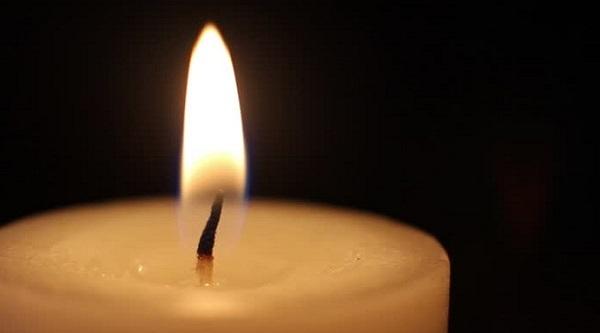
Light a candle
Take inspiration from the Eternal Flame and create a symbol of enduring memory in your classroom.
Listen to the Last Post
You could incorporate this recording into your remembrance ceremony.
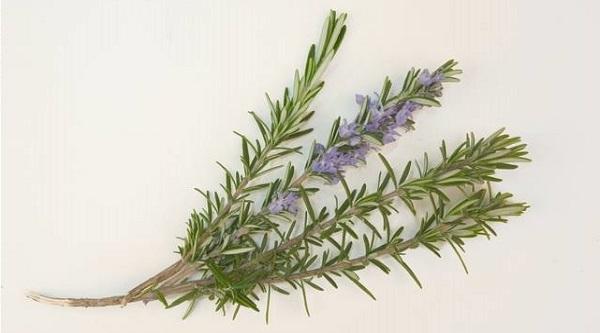
Find/plant some rosemary
Particularly associated with Anzac Day, rosemary has been known since ancient times to improve memory.
